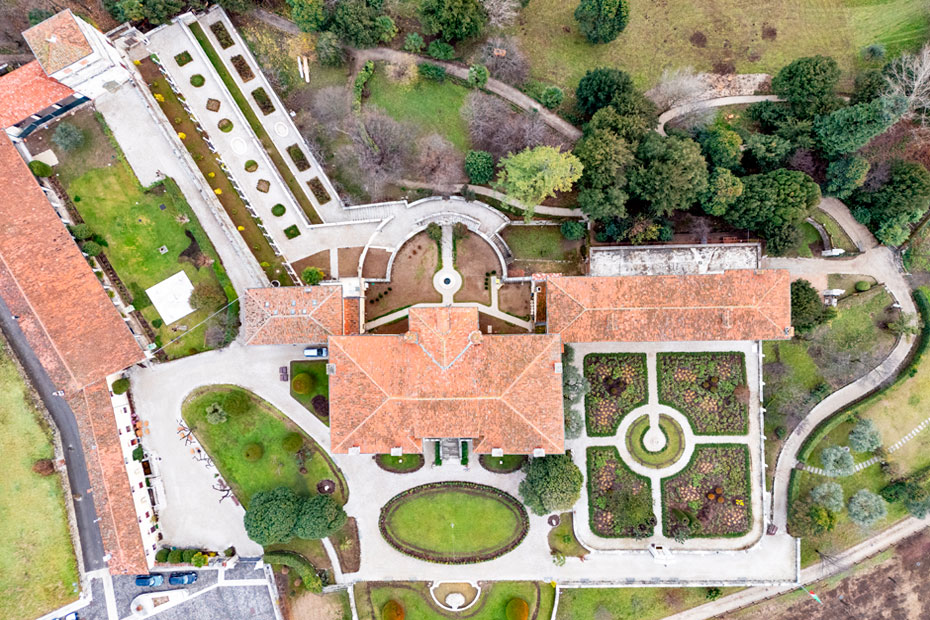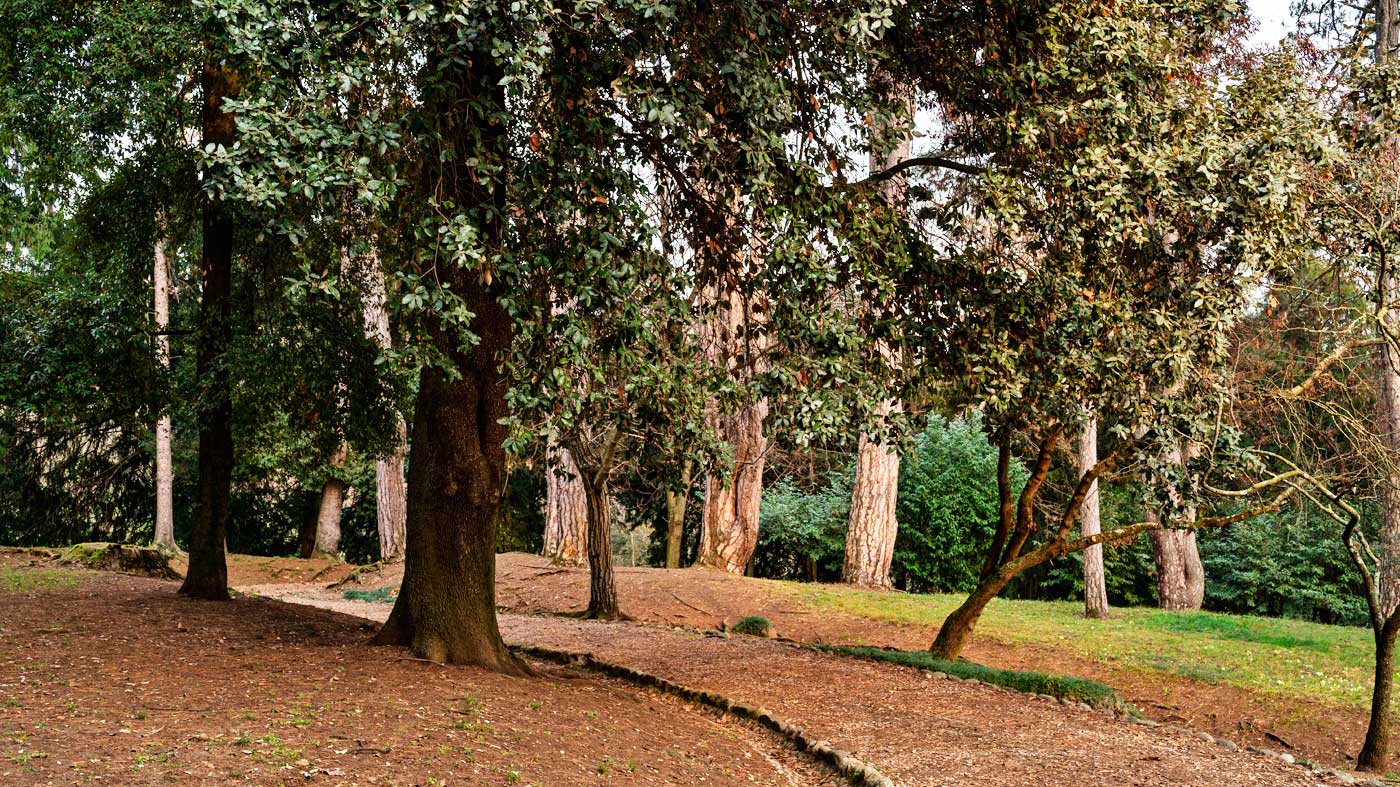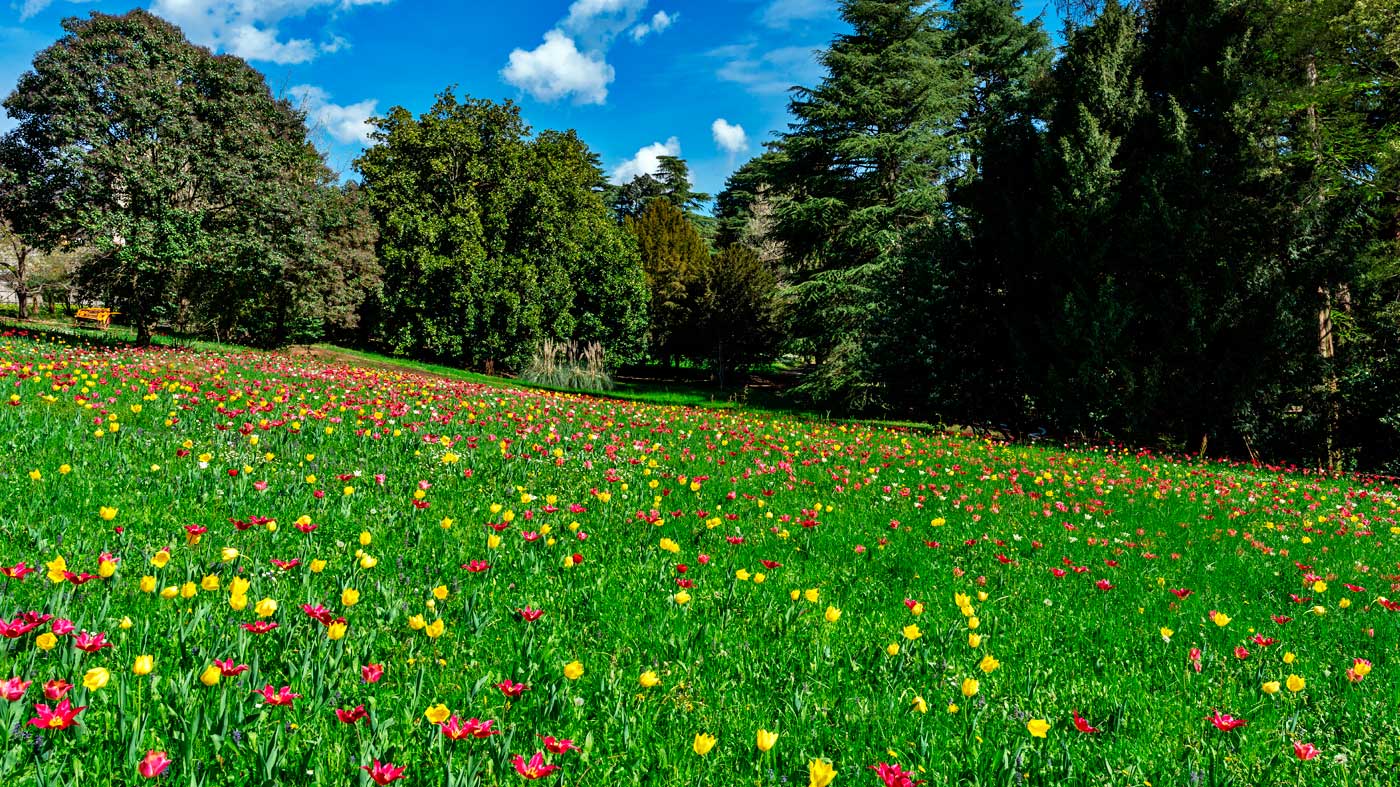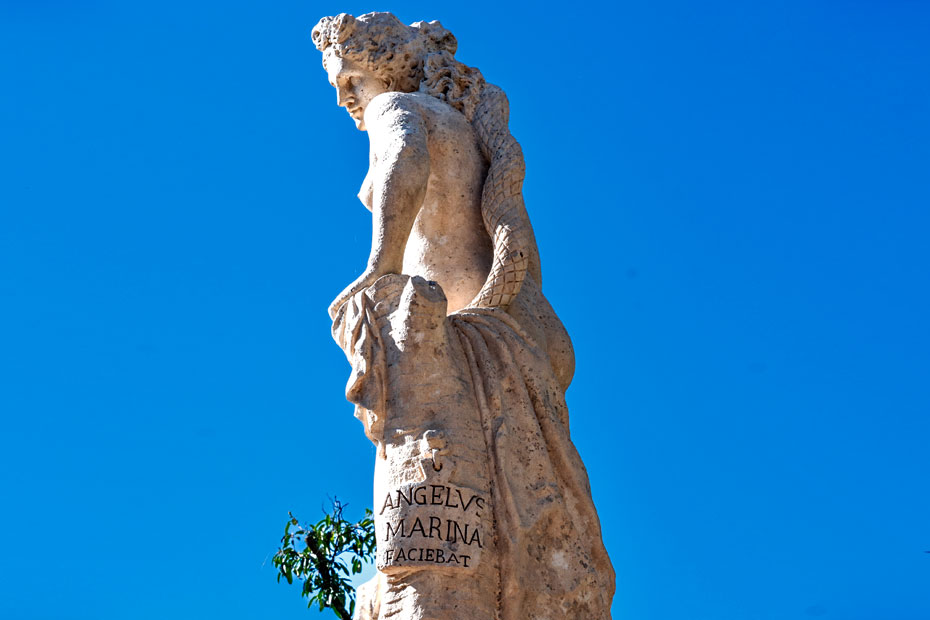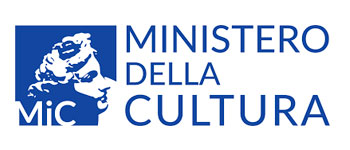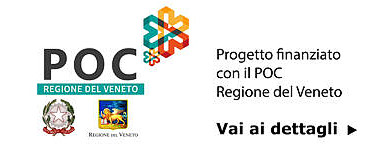Statues and the Lemon House
The gardens and park are further enhanced by numerous statues of exceptional craftsmanship, reminding us of the passage of time and guiding us on a journey from the 17th century to the present day. The entire site features a statuary ensemble of 44 statues, scattered between the gardens and the park. These statues, now restored to their former splendor thanks to the restoration efforts of the "Palladio Gardens" project, date back to various historical periods.
The first cycle dates to the 17th century, crafted by the Albanese workshop, which is responsible for the statues in the service area, immediately to the left of the villa entrance, depicting Neptune and Prudence, as well as the allegorical statues on the first step of the hanging garden. The statues and fountain adorning the front gardens, which dominate the current entrance, are also in the 17th and 18th-century styles, created by the artist Giuseppe Giordani, who worked at the villa in the early 20th century.
At the edge of the Villa Godi Malinverni garden, on the entrance pillars to the museums, there are two fantastic early 18th-century sculptures by Angelo Marinali, the younger brother of the more famous Orazio. The two figures, signed by the artist, represent Time, which, having halted its course, rests in position and yields to Eternity, to which it gazes. In the park, visitors can admire a small collection of 19th-century epitaphs in the "Corner of Memories" and a statue of a nymph that greets us by the beautiful romantic pond.
Between the barn and the dovecote is the ancient lemon house, also designed by Palladio, a space dedicated to the agricultural vocation of the property. In this area, lemons were placed during the colder months of the year. Today, the ancient lemon house has been repurposed to host educational, study, and research activities.
